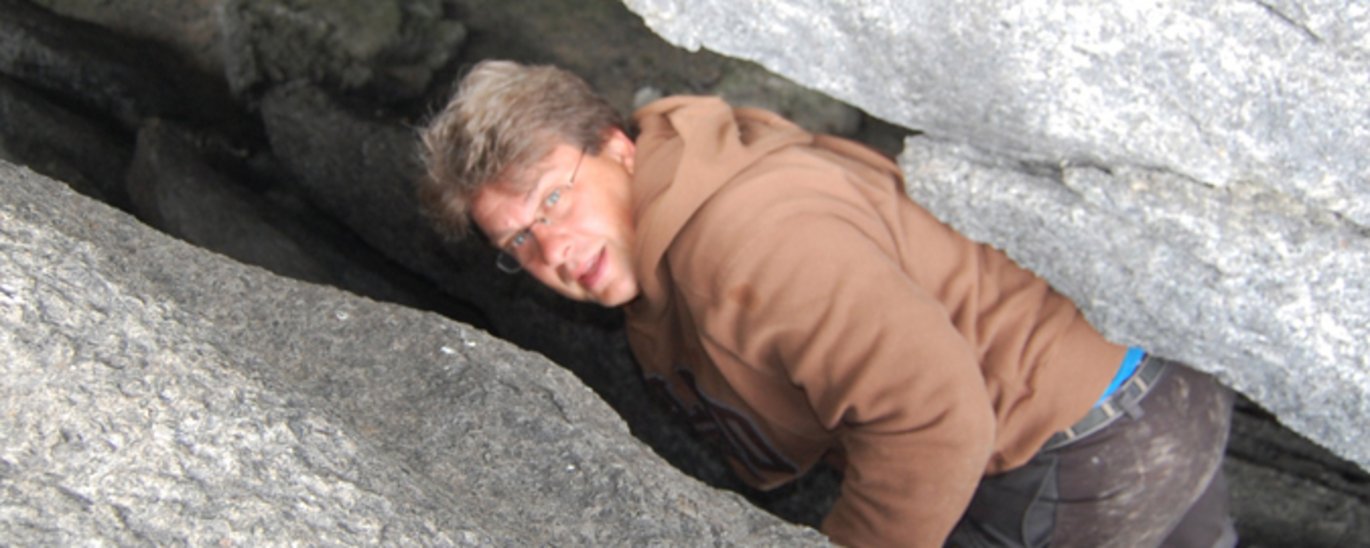The potential of tephrochronology and other geoarchaeological approaches for understanding prehistoric human settlement in Arctic Norway
Distal tephra deposits from Icelandic volcanic eruptions are widespread in North-West Europe and can be used to precisely date a variety of sedimentary environments. For the first time, cryptotephras has been successfully identified in Norway. Research seminar by Stephen Wickler, Tromsoe Museum, Norway. Open to everyone.

Oplysninger om arrangementet
Tidspunkt
Sted
Aarhus Campus, Aud 1 at Moesgaard
Distal tephra deposits from Icelandic volcanic eruptions are widespread in North-West Europe and can be used to precisely date a variety of sedimentary environments.
Tephrochronology applied to archaeological investigations outside Iceland has been limited because tephra are generally not found as visible layers, but are present as very low concentrations of glass shards (i.e. cryptotephra).
A recent interdisciplinary study has, for the first time in Norway, successfully identified cryptotephras from an archaeological site context. Volcanic glass shards were isolated in sediment samples from an Iron Age boathouse associated with the chieftain centre at Borg on Vestvågøy in the Lofoten Islands.
Electron microprobe analysis of the cryptotephras identified material from three dated eruptions of the Hekla volcanic system that agree with the radiocarbon-derived dates and constrain the boathouse’s main period of use to c. AD 1030-1104.
These results demonstrate the value of tephrochronology for archaeological studies both in Norway and elsewhere.
Additional investigations are planned in which tephra analysis is integrated with other geoarchaeological methods to refine our understanding of Iron Age settlement in the Lofoten Islands.
Ongoing analysis of lake sediment cores to reconstruct past environmental changes utilizing tephra to date sedimentary sequences will be combined with tephra analysis from archaeological contexts.
Research problems to be addressed include a more precise dating of sea-level lowering, driven by glacial-isostatic rebound, which may have had a significant impact on maritime activity due to altered harbour conditions.
The seminar is open to everyone.
Stephen Wickler is a researcher at Tromsoe Museum, Norway, and holds a PhD in Anthropology from University of Hawaii.
Arr. Jens Andresen, associate professor PhD, Section for Archaeology, Aarhus University, DK-8270 Hoejbjerg, +45 8716 2076
Bus no. 18 departs for Moesgaard twice an hour.
